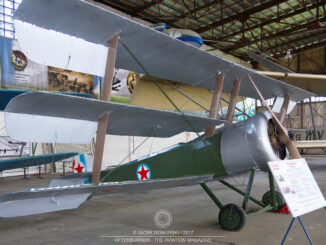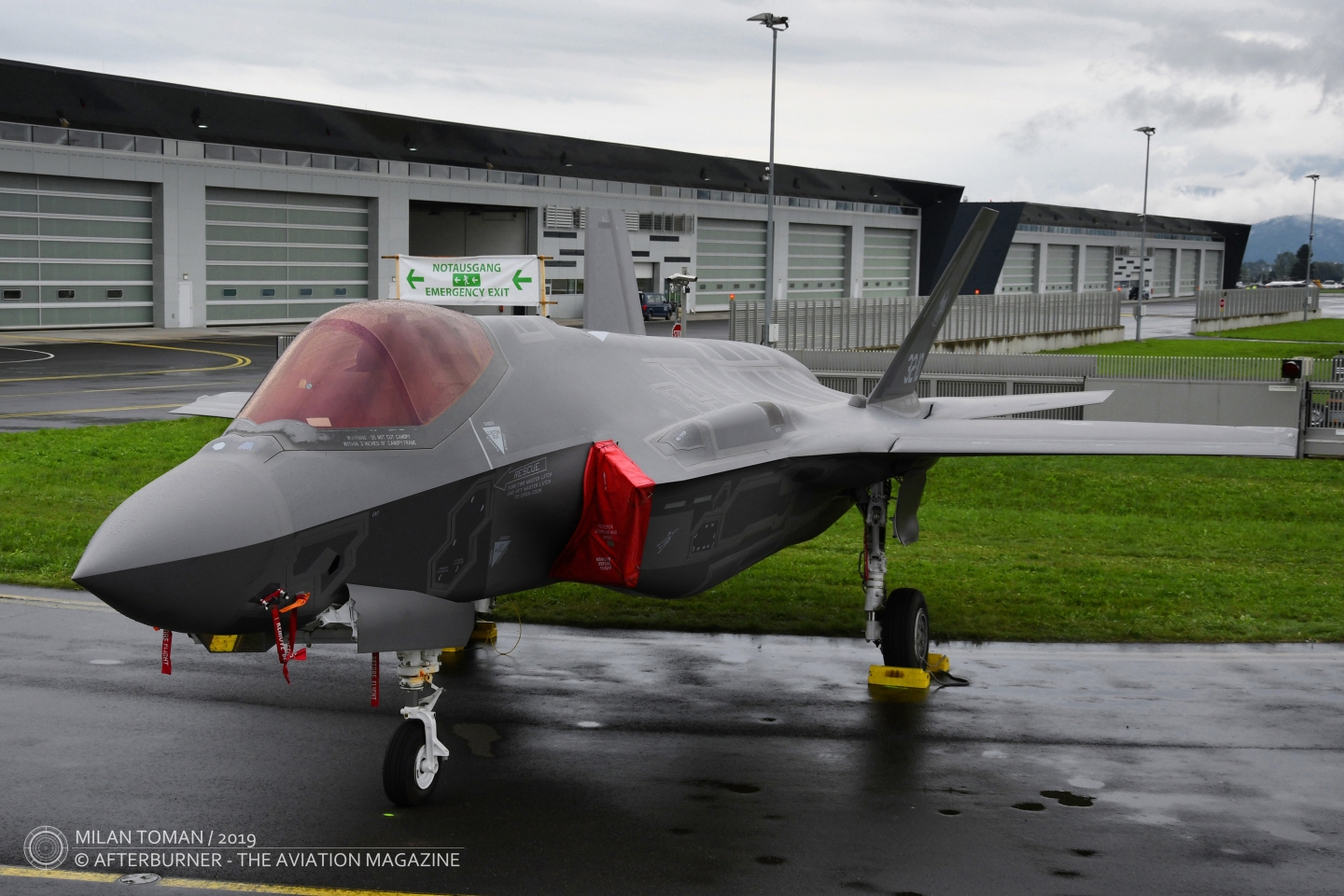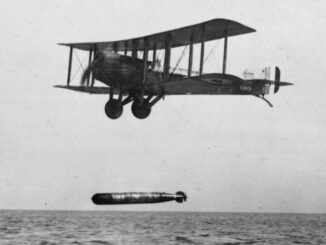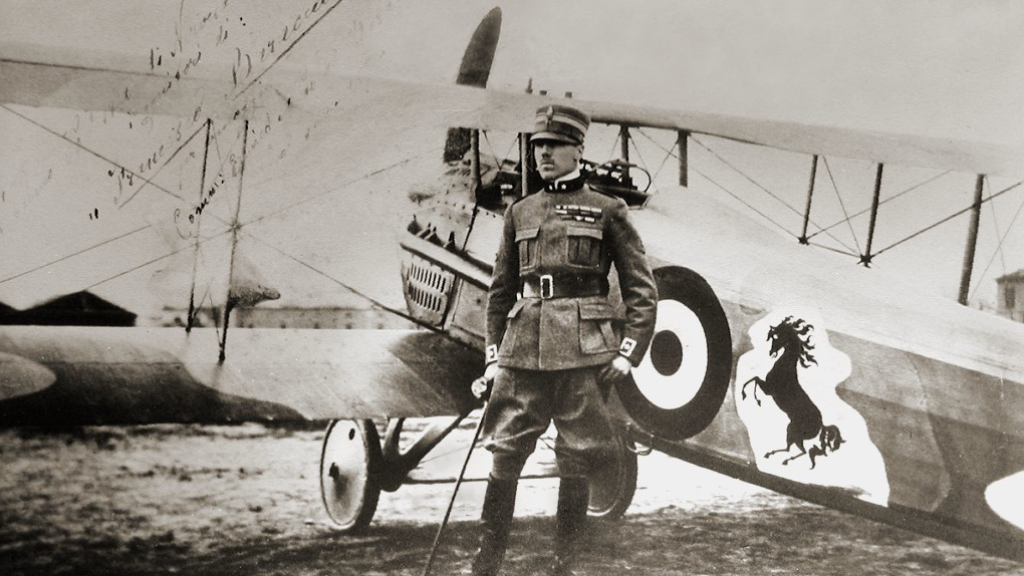 On 9th May 1888, Count Francesco Baracca, the best Italian air ace of the Great War, was born.
On 9th May 1888, Count Francesco Baracca, the best Italian air ace of the Great War, was born.
Francesco Luigi Giuseppe Baracca was born in Lugo (commonly referred to as Lugo di Romagna or Lugo di Ravenna), Italy, into a family of wealthy landowner and businessman. He began his education at a private school in Florence and then, in 1907, enrolled the Military Academy.
Baracca´s first passion was equestrianism and shortly after graduating from the Academy, he joined the Italian cavalry. After about a year of service, he was transferred to the well-recognised the 2nd Cavalry Regiment Piemonte Reale. There, Baracca was recognized as excellent young officer and cavalryman, as well as won Tor di Quinto equestrian competition.
About two years later, Baracca witnessed an aerial exercise and became fascinated by aviation. In 1912, he made a successful transfer to Servizio Aeronautico del Regio Esercito (the Royal Army Aeronautical Service) and soon after was sent to France for flight training. In July of that year, Baracca received his official pilot´s licence, the 10th in Italy.
The outbreak of the Great War found the young Italian pilot in France, where he was improving his flying skills. In July of 1915, Baracca returned to his homeland and was assigned to combat units of the then Corpo Aeronautico Militare (the Italian Air Corps).
During the war, Francesco Baracca served, inter alia, with the 2nd and 8th Reconnaissance and Combat Squadrons, the 1st, 70th and 91st Fighter Squadrons.
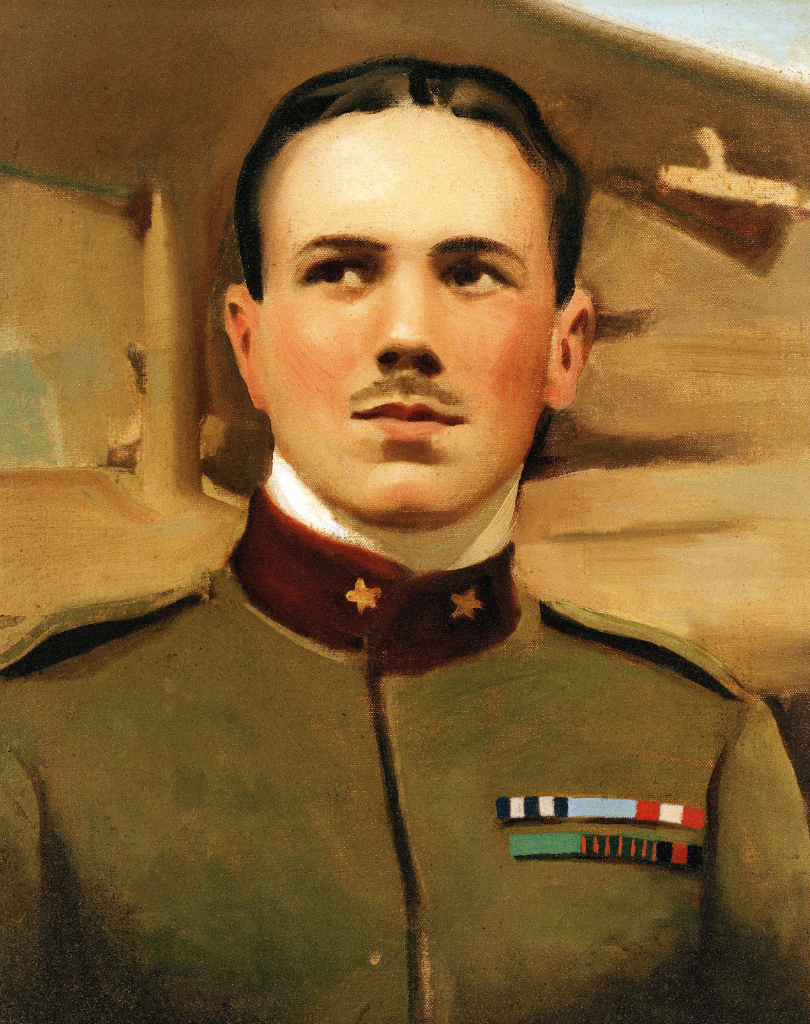
On 7th April 1916, Baracca made the Italian aviation history by shooting down a two-seat Austro-Hungarian reconnaissance aircraft – Hansa-Brandenburg C.I or Aviatik, depending on the source. It was not only the first aerial victory of the future Italian air ace, but also the first one officially recorded by the Italian air force.
Francesco Baracca did not have to wait long for his next combat successes. In May of the same year, he already had confirmed seven individual and three shared air victories, became an ace and soon after was promoted to captain.
Also in May of 1916, Baracca was transferred to the aforementioned 91ª Squadriglia (the 91st Fighter Squadron), which soon became famous for its excellent combat pilots and nicknamed La squadriglia degli assi (the Aces´ Squadron). About that time, Baracca adopted his personal sign that was painted on his aircraft – a black prancing horse, Cavallino Rampante, which recalled him the cavalry years. A few years later, after the war, the emblem created by the Italian ace became logo of the world-famous manufacturer of luxury sport cars, the Ferrari company.
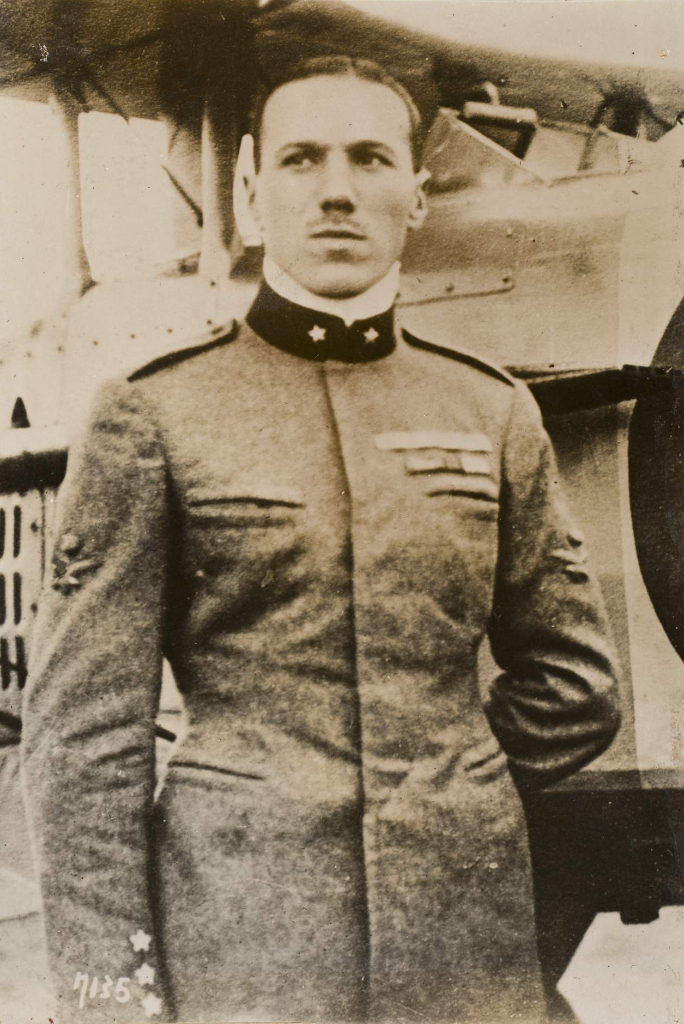
On 19th June 1918, Baracca led a formation of three Italian aircraft into a mission over the Treviso area. It was his last flight, as the young ace was shot down by the enemy. Circumstances surrounding his death still are not clear until today. Depending on the source, Baracca was shot down by an Austro-Hungarian aircraft or hit by anti-aircraft fire from the ground.
Most probably, Baracca was shot down by a Phönix C.I reconnaissance aeroplane, flew by Max Krauer (pilot) and Arnold Barwig (observer). The Austro-Hungarian crew submitted enough evidence to have this air victory officially confirmed by their authorities. However, this version was almost immediately rejected by the Italians.
At the moment of his death, Francesco Baracca had thirty-four confirmed air victories. This score remained unchallenged until the end of the war, and Baracca became the top Italian air ace of the Great War.
After the war, Baracca´s home was turned into museum which exists until today, as Museo di Francesco Baracca. At least three Italian airfields were named after the Great War ace: Bolzano airport, Roma-Centocelle air base and an airfield in Lugo.
Shortly after Baracca´s death, the 91st Squadron was named after him, and this tradition lasted for many years. Nowadays, the name ´Francesco Baracca´ is carried by 9° Stormo (the 9th Combat Search and Rescue Wing) from Grazzanise Air Base.
Cover photo: Francesco Baracca with his SPAD S.XIII, most probably his last photo as dated June 1918 (Wikipedia, Public Domain)

